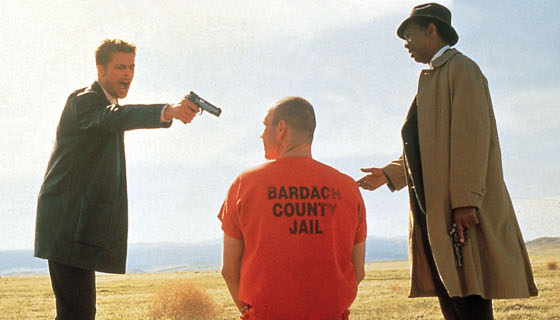
What’s YOUR Story?
A couple of months ago, I attended a storytelling festival in my old college town, and it was an…
December 3, 2024
A couple of months ago, I attended a storytelling festival in my old college town, and it was an…
December 3, 2024
Storytelling has the power to touch people deep in their souls. I should know, as I have experienced the…
December 6, 2023
Recently, I reconnected with an old Christian writer friend on Facebook. We hadn’t seen each other in about a…
April 4, 2023
Powerful stories make a strong impression on our audience. These stories bring change in our audience through the changes…
July 4, 2022
Recently, a local writer friend and I decided to do a script swap to read each other’s WIP. To…
July 4, 2021
“God hears and remembers your childhood dreams.” I read this phrase on a social media post by author Angela…
January 6, 2021
Writers Chat, hosted by Jean Wise, Johnnie Alexander, and Bethany Jett, is the show where we talk about all…
June 30, 2019
Roseanna White writes amazing historical fiction with complex plots, unique characters–ie family of reformed grifters in this series–and well-crafted…
November 26, 2018
My critique group says my MG fiction is preachy. Now what? First let me say that I love my…
April 15, 2018
As an English major in the 90s, I was excited to learn my craft and be creative. However,…
January 7, 2018
Every story begins at your Initial Stimulus – that spark of an idea that captured your imagination. The thing…
January 8, 2017
Have you ever tried to tell your friends about an experience you had, but they didn’t give you the…
October 9, 2016
What is it about a story that makes it compelling? Is it the characters? Is it the plot? Is…
August 17, 2015